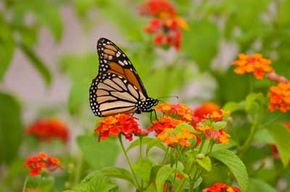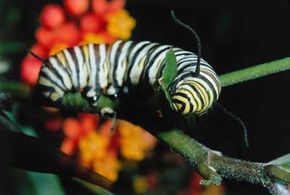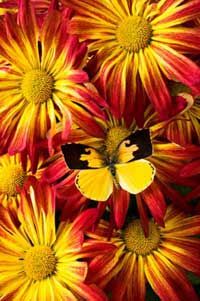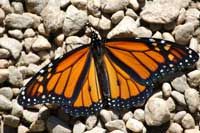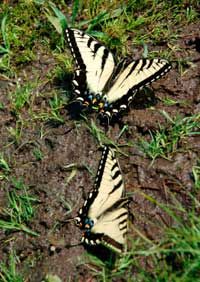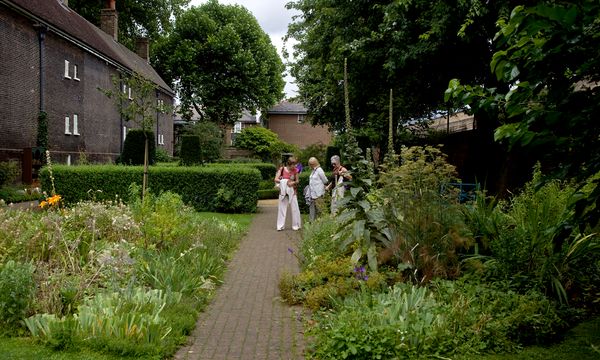Few animals spark imagination and creativity as much as butterflies do. Robert Frost bent down to study a "dye-dusty wing" nestled in dead leaves and wrote "My Butterfly," the poem that later made him famous. Emily Dickinson penned at least nine poems about the creatures and their "pretty parasols." Poetry aside, who can forget Muhammad Ali's famous claim to "float like a butterfly, sting like a bee?"
Poets and casual observers may be content to watch these winged insects flit among flowers in the wild, but others are not. As habitat loss and pesticide use decrease butterfly numbers, enthusiasts are turning to butterfly gardens as a way to attract and conserve the species.
Advertisement
Conserving butterfly habitat indirectly benefits humans as well. Because of butterflies' intimate relationship with their environment and their sensitivity to changes in the surroundings, they are important indicators of an area's health. Similar to the historic "canaries in a coal mine," the declining health of butterfly populations can alert people to a problem in the ecosystem.
Along the same vein, butterflies play an important role in scientific research. Much of what we know about mimicry, evolution, animal behavior and how organisms interact with one another we learned from studying butterflies. In fact, the discovery of the inheritance of the Rh blood factor (responsible for clotting blood) and its potentially deadly effects in humans came from studying an African butterfly [source: Schappert].
Perhaps the most obvious and popular reason to start a butterfly garden is for pleasure. Bright, blooming flowers, flapping wings in a rainbow of undulating colors- -- what's not to like? If creating one can be as simple as a quick stop by the neighborhood nursery, why not?
In this article, you'll learn what caterpillars and butterflies need to survive, determine the requirements of a butterfly garden and gain a few tips on how to create a thriving butterfly sanctuary of your own. But first a quick word on butterfly biology and why caterpillars have the biggest appetite in town.
Advertisement
